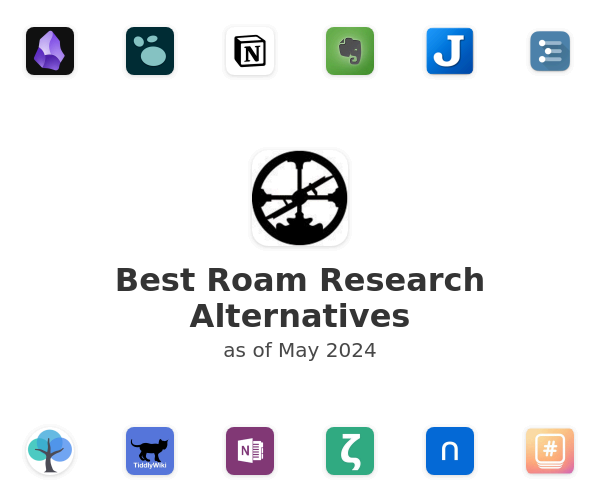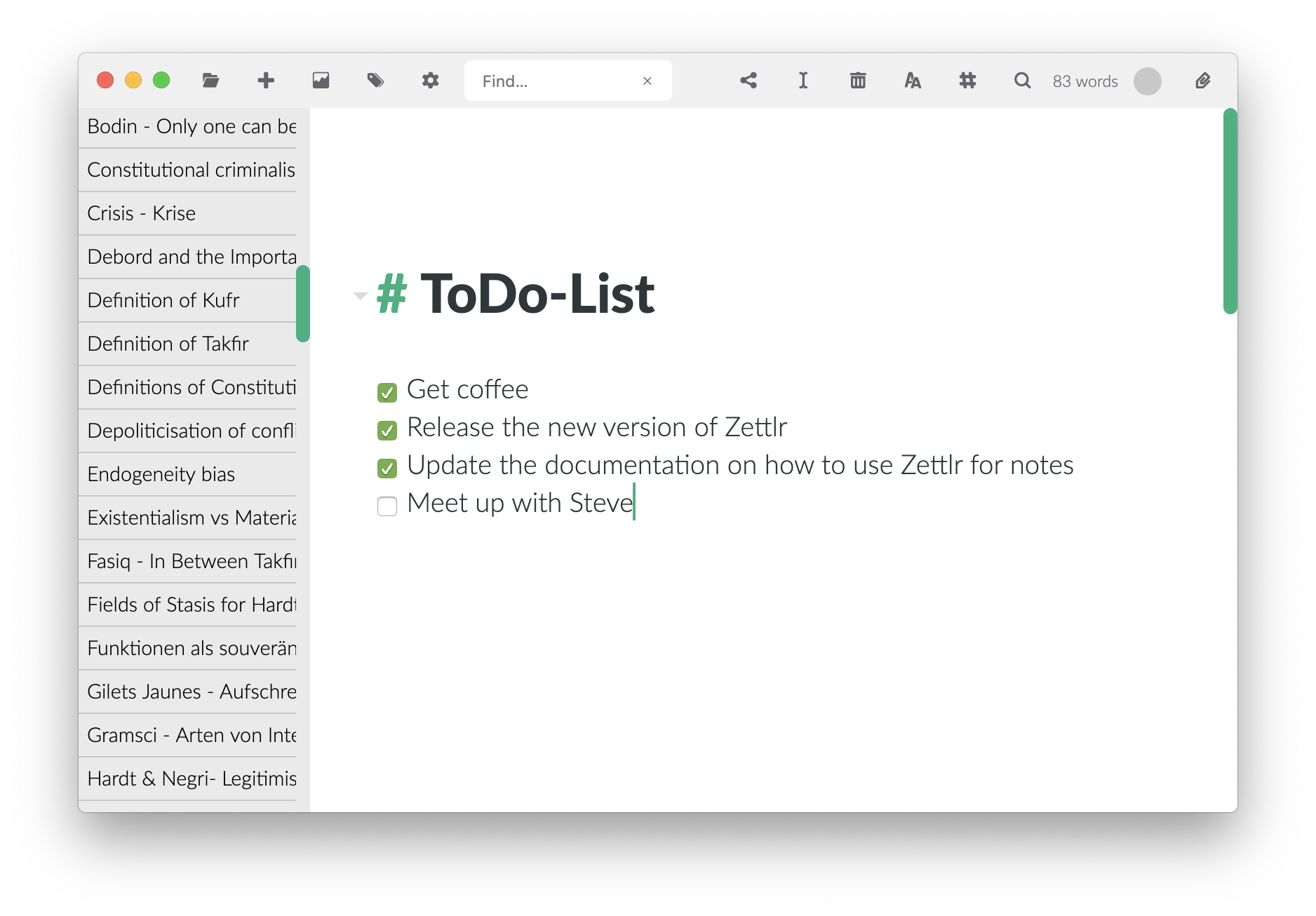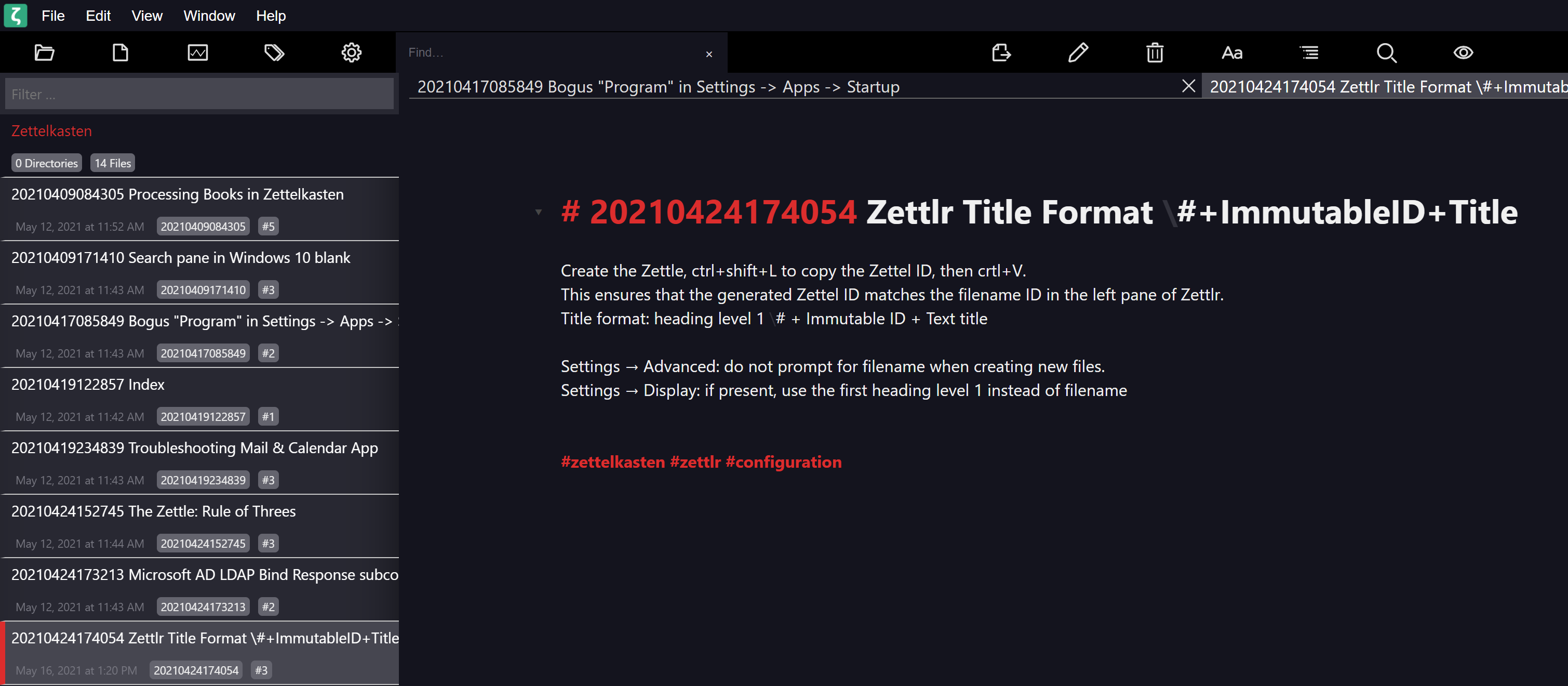

If you organize by folders and keywords, and add links between texts, you essentially multiply the paths to find any given information. When, some time later, you want to find some information, you then navigate this well-thought documentary structure depending on how you classified information: chronology, alphabetical order, themes, document types, etc.Īs I mentioned earlier, links are a way of organizing knowledge they complement other methods, such as hierarchies and taxonomies. If you apply traditional documentation processes to personal knowledge, you start by choosing ways to classify your personal knowledge, and then you implement it through naming, tagging and filing conventions. In my opinion, this is where the biggest problem lies, and I need to elaborate a bit. For most people, linking between notes is far less important than being able to capture information on the go.Īnd third, information retrieval practices have changed dramatically in the past decade, centering more and more around search. The spot is occupied by mobile and sync: the most popular tools will be the ones to offer a mobile version and the ability to synchronize files hassle-free. Secondly, links aren’t the users’ top priority. These don’t necessarily put links at the forefront- Notion is a good example of this, emphasizing databases, tables and workspaces instead. And so the time is ripe for a new generation of tools, bringing a breath of fresh air and the illusion of a clean slate. But a lot of people have also given in to what Christian Tietze, developer of The Archive, calls “the collector’s fallacy”, which is the uncontrolled accumulation of notes, most of which are never opened more than once. Some blame the apps themselves, especially when promised evolutions were never delivered. The popularity of applications that dominated the market for years, such as Evernote, is on the decline, for a host of reasons. Mobile and search before linksįirst, people are tired of existing tools and their uses.
#Zettlr graph software
And if you browse through various blogs, forums and social spaces, you will quickly notice that people’s enthusiasm for software like Roam or Obsidian isn’t based on links at all. In practice though, many of those who use these new tools say that they don’t use links very much. And so links enter the toolbox of personal knowledge management (PKM). They show that hyperlinks are not reserved to things such as web pages or wikis but that they can be used for personal notes as well. The rise of interlinked note-taking tools could change the situation somewhat. And the semantic Web remains fairly confidential.

Discourse around the Web is rather sociological, economic or political: “linking” doesn’t refer to documents but to “communities” and “platforms”. However, most people don’t think of hyperlinks as a way of organizing knowledge.

And the semantic Web (or linked data) shows us how far the logic can be taken. Links are so important that we could legitimately call the Web a reticular information system. Today, linking is obviously at the heart of the Web. In the Encyclopaedia, linking is used to build an alternative knowledge organization, in subtle opposition to the established order of things. Writing on the occasion of a digital edition of the Encyclopaedia, Philippe Roger underlines how discreetly subversive they are: “the cross-references create an allusive and polemical subtext they thwart the dogmatic trap inherent to fixing meanings”. And these links are not random nor trivial. These small indications at the end of a text send readers on a non-linear path to other texts, behaving like a proto-hypertext. In Diderot and D’Alembert’s Encyclopaedia, for example, entries are organized alphabetically but also by cross-references. Linking of course existed before hyperlinks and computers. Indeed, links aren’t just navigation tools: they can be used to organize documents (in reticular fashion) just as folders and tags can be used to create hierarchies and apply taxonomies. The defining characteristic of this group of tools is that they use hyperlinks to organize notes. I use quotes because there is no consensus on terminology: some people call them “tools for thought”, to emphasize what they’re used for rather than what they do. You may have heard about “interrelated note-taking tools” lately. A long post about links, documents and graph screenshots.


 0 kommentar(er)
0 kommentar(er)
